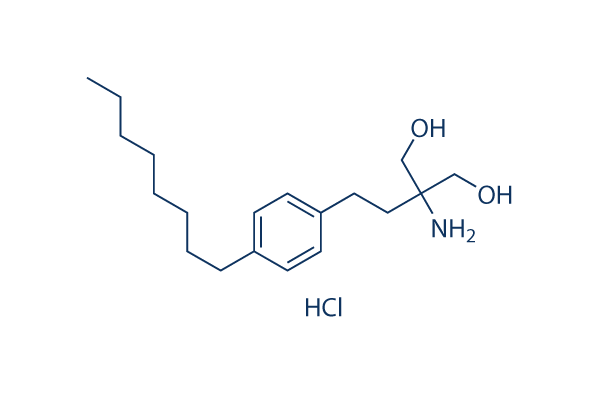4%, which suggests that there is no sig nificant correlation involving double strand breaks and fragile web pages. For that reason, the chance that the correlation in between mate pair sequencing and array painting is triggered by intrinsic qualities of chromosomes could possibly be ruled out. Enrichment of consensus cancer genes in genes impacted by rearrangements Although the mechanisms and routes to breast cancer may very well be complicated, the accumulation of sequenced tumors will inevitably bring about a clearer comprehending within the neces sary genetic rearrangements. This deliver the results focuses on 15 samples, and we identify alterations that recur not only within our samples, but also with prior massive scale stud ies. Also, between the 29 genes disrupted directly by SVs, 4 genes are integrated during the human cancer gene census, CHN1, CLTC, DDX10 and MECOM, suggesting an enrichment of consensus cancer genes in our benefits.
However, it needs to be noted that these genes may not signify every one of the genes affected by the rearrangements, seeing that only the validated order PF-562271 SVs were thought to be here and we only attempted to legitimate ate deletions, inversions and translocations that occurred in or close to RefSeq genes. The distribution of SVs varies markedly, reflecting the one of a kind genetic composition of each tumor. Yet, by far the most striking variation is during the number of insertions, wherever two samples have a large number of insertions, in contrast to very much reduced numbers in other samples. This doesn’t seem to be the consequence of distinctions in sequence coverage, since the two most deeply sequenced samples harbor only 67 insertions in total.
BRCA1 and BRCA2 mutational ana lyses detect no germline mutations during the two patients with incredibly large numbers of insertions, indicating that this feature is not really triggered by deficiency in DNA repair mechanisms because of BRCA1 or BRCA2 mu tations. The bulk of your insertions in samples 120 T and 150 T tend to be shorter selleck chemicals signaling inhibitor with an regular insertion length of approximately 600 bp, in contrast to about one thousand bp in other samples, which could suggest a different mutagenesis mechanism in these two samples. Conclusions On this research we identify gene rearrangements in receptor adverse breast cancer genomes using extended insert total genome mate pair sequencing. Somatic rearrangements disrupting genes composed by each acknowledged cancer genes and genes not previously correlated with cancer are actually validated.
These genes include epigenetic regulators, genes concerned in mitosis and many signaling pathways together with other genes whose functions are largely unknown. Con sistent with former scientific studies, we did not observe fre quently recurrent rearrangements, which confirm the fact that breast cancer can be a really heterogeneous disorder that a substantial number of reduced frequency rearrangements  could syn ergistically contribute to its improvement.
could syn ergistically contribute to its improvement.
FAK signal
FAK is activated by focal adhesion complex
